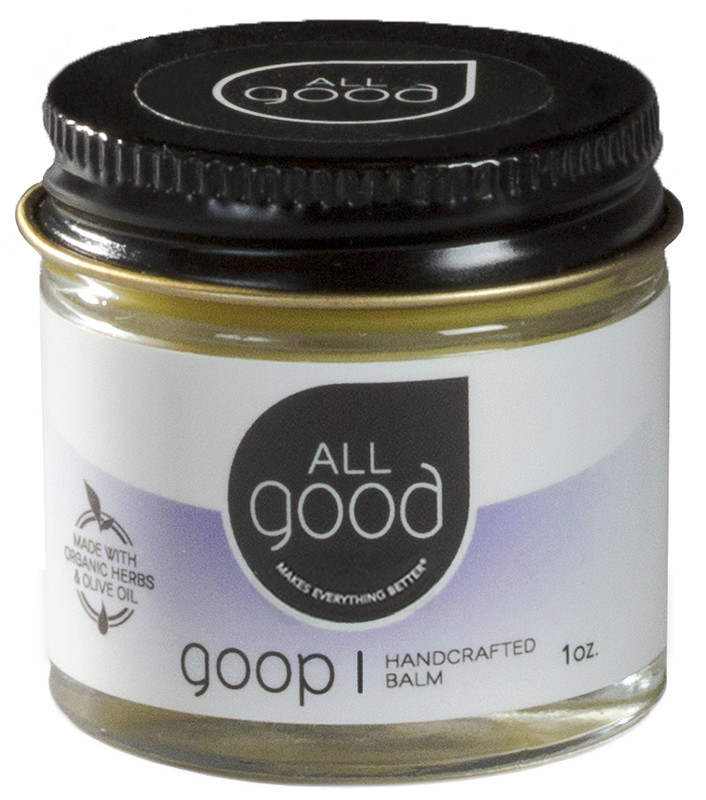
“It was strange to see that oxybenzone made sunlight toxic for corals-the opposite of what it is supposed to do,” said Mitch. Exposed to oxybenzone in artificial seawater under simulated sunshine, the anemones all died within 17 days, whereas anemones exposed to oxybenzone in the absence of simulated sunlight remained viable. In their new study, Stanford researchers used Aiptasia anemones as surrogates for corals, which are harder to experiment with, as well as mushroom corals. However, the mechanisms by which oxybenzone does harm have largely remained a mystery, making it difficult to ensure that sunscreen components proposed as alternatives are truly safer for corals. Virgin Islands and Hawaii, the island nation of Palau, and Bonaire, an island municipality of the Netherlands, among other places. As a result, sunscreens with this compound have been banned in the U.S. Scientists have known for some time that oxybenzone, an organic compound found in many sunscreens, can damage corals. “My hope is that our research will help lead the way to developing coral-safe sunscreens.” candidate and lead author of a new study published in Science. “It would be a sad irony if ecotourism aimed at protecting coral reefs were actually exacerbating their decline,” said Djordje Vuckovic, a Stanford Ph.D. Now researchers at Stanford University have revealed the mechanism by which oxybenzone, a chemical found in many sun-protection products, triggered the release of damaging radicals in cnidarians exposed to sunlight.

Ironically, they say, a major culprit is eco-tourism, which brings tens of millions of toxin-slathered visitors who profess to love coral reefs to islands and beaches. Reef ecologists estimate that some 14,000 tons-more than the combined weight of 300 Gray Whales-of potentially lethal skin-protection products are being washed into the world’s warm tropical and subtropical waters annually.

Image: Matthew Bechelli/Shutterstockĭespite several years of warnings, many off-the-shelf sunscreen products continue to be laced with components capable of bringing harm or death to exquisitely sensitive corals and anemones.

Tons of toxic sunscreen products, more than the combined weight of 300 Gray Whales, continue to wash into the seas, a potential threat to reefbuilding corals and other photosynthetic animals.


 0 kommentar(er)
0 kommentar(er)
